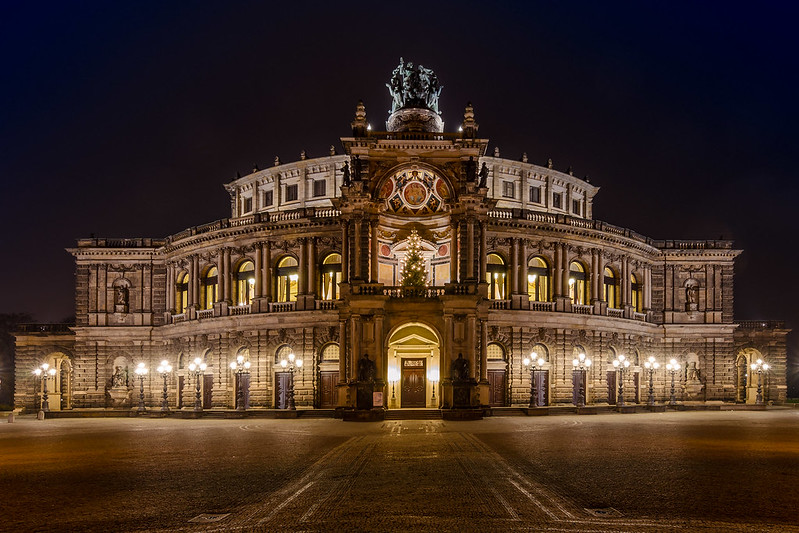Gottfried Semper designed the Semperoper in 1841 for the Saxon State Opera, and it was rebuilt in 1878 by his son Manfred Semper following a fire. It was then firebombed by Americans in World War II, and reconstructed again in 1985.
Democracy – Semper’s democratic ideals can be seen in the design of this building, ideals which earned him expulsion from the kingdom after the failed May pro-democracy uprising. There are no partitions dividing seats, and the four tiers rise in equal symmetrical, with seats an equal distance from the stage. Semper’s Neo-Renaissance style included artistic portrayals of great thinkers, but invited the public to sit evenly on the terraced seating. The exterior encourages this circular plan and pushes the audience toward the stage. The result is a spectacular view from any seat, as opposed to the Paris Opera. The structure is transparently honest, and the exterior gives a clear impression of what to expect inside.
The front entrance contains monuments to great artists, including von Goethe, Shakespeare, Euripides, Sophocles, and Moliere.
Accoustics – This symmetrical design and close attention to materials make this opera house one of the best acoustically of any opera house in the world. The space is close and intimate, seating only 1,300. A normal occupied house measures an optimal 1.6 seconds.
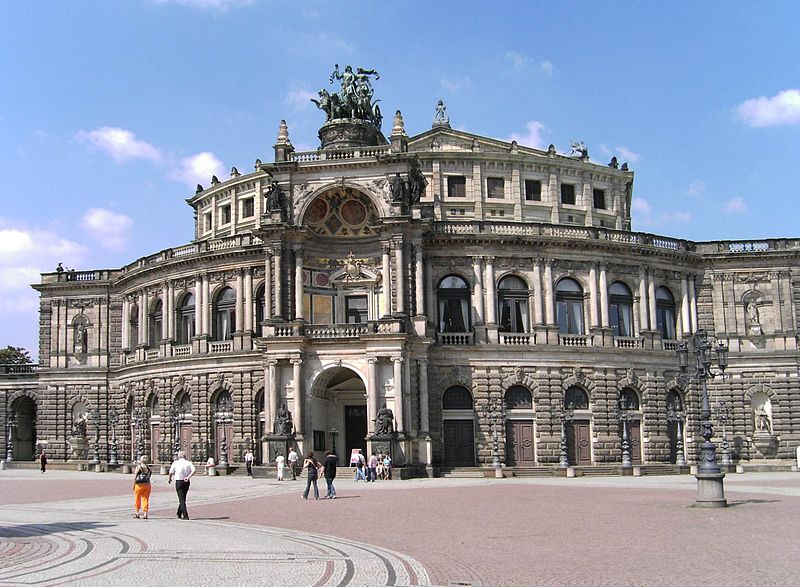
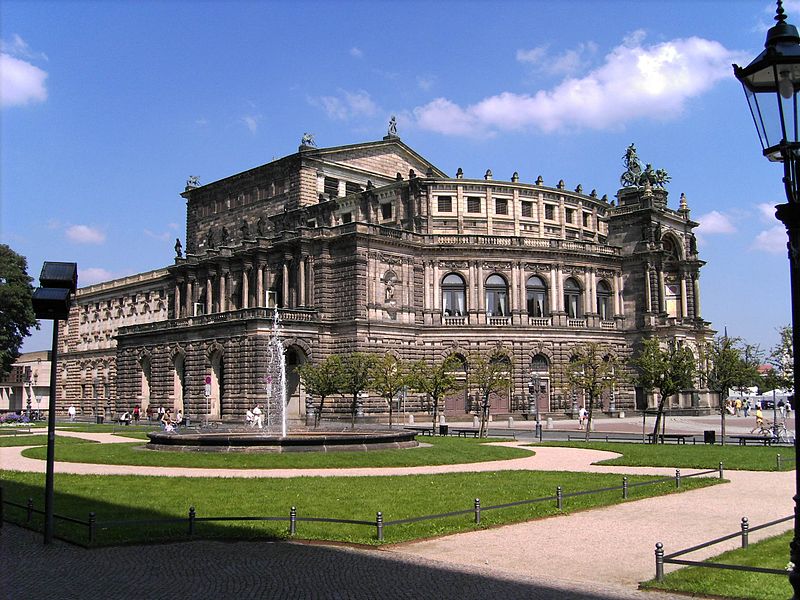

(rs-foto– flickr/creative commons license)

(icewide77– flickr/creative commons license)
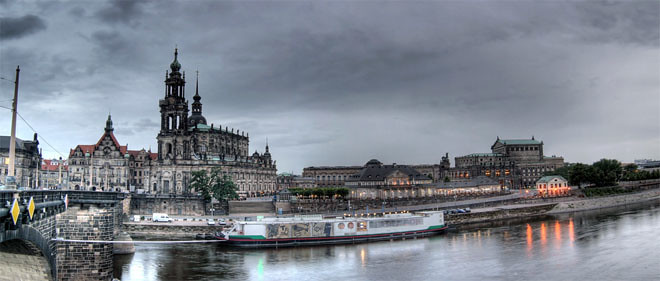
(äquinoktium– flickr/creative commons license)
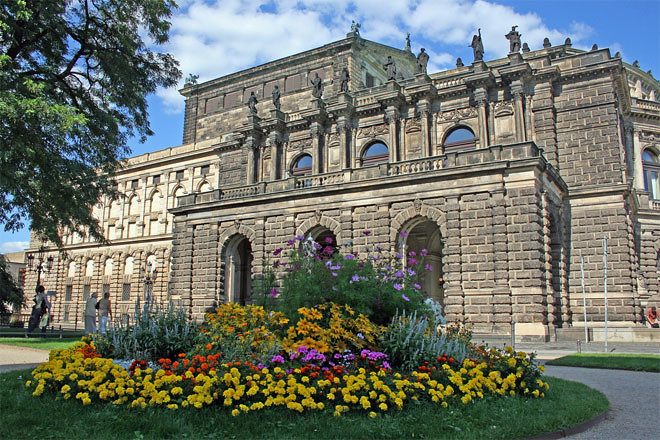
(Jill Clardy– flickr/creative commons license)

(Poom!– flickr/creative commons license)
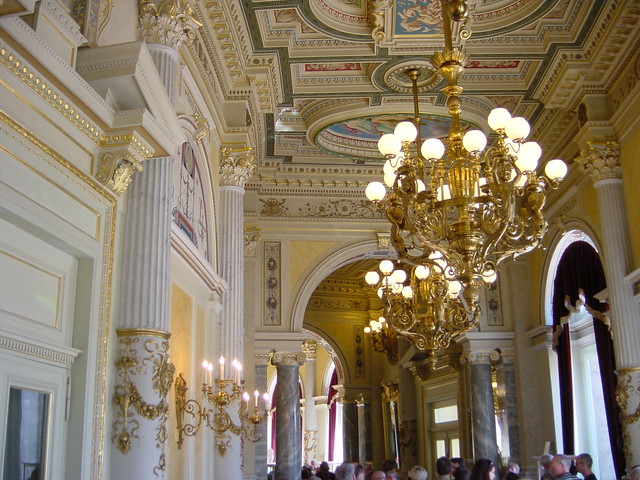
(Allie_Caulfield– flickr/creative commons license)
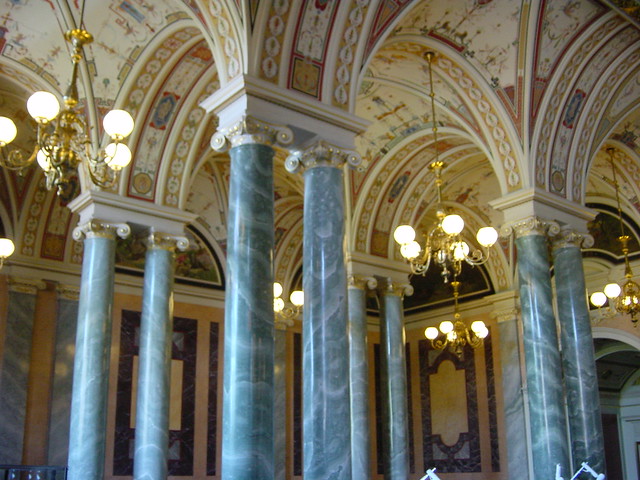
(Allie_Caulfield– flickr/creative commons license)

